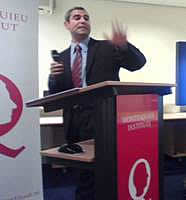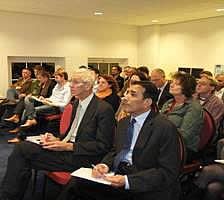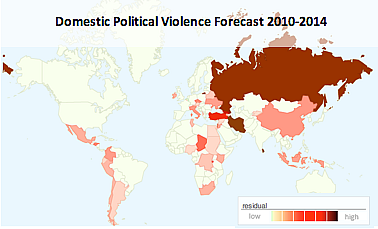Europe tackles its economic and financial troubles and the question gains prominence of how a moment of weakness affects the ability of European governments to curb domestic unrest and political discontent. On the list are not only Greece, Spain and Ireland, but also countries as Belgium, Austria, Albania, Italy and Czech Republic. What factors make domestic political violence more likely and can we forecast it? What makes people take to the streets? A topical subject. A global, comparative model was presented that predicts the likehood of domestic violence against the state. A risk assessment model of political violence that possibly can systematically predict the eruption of domestic violence against governments with a reasonable amount of accuracy. The model accounts for factors like repression, governmental aid to nongovernmental organizations, aid to countries to help build security, and internet and mobile phone usage and is based on coercion (violations of physical rights), coordination (how easily a domestic group can mobilize) and capacity (ability of a country to protect itself throughout its territory).


